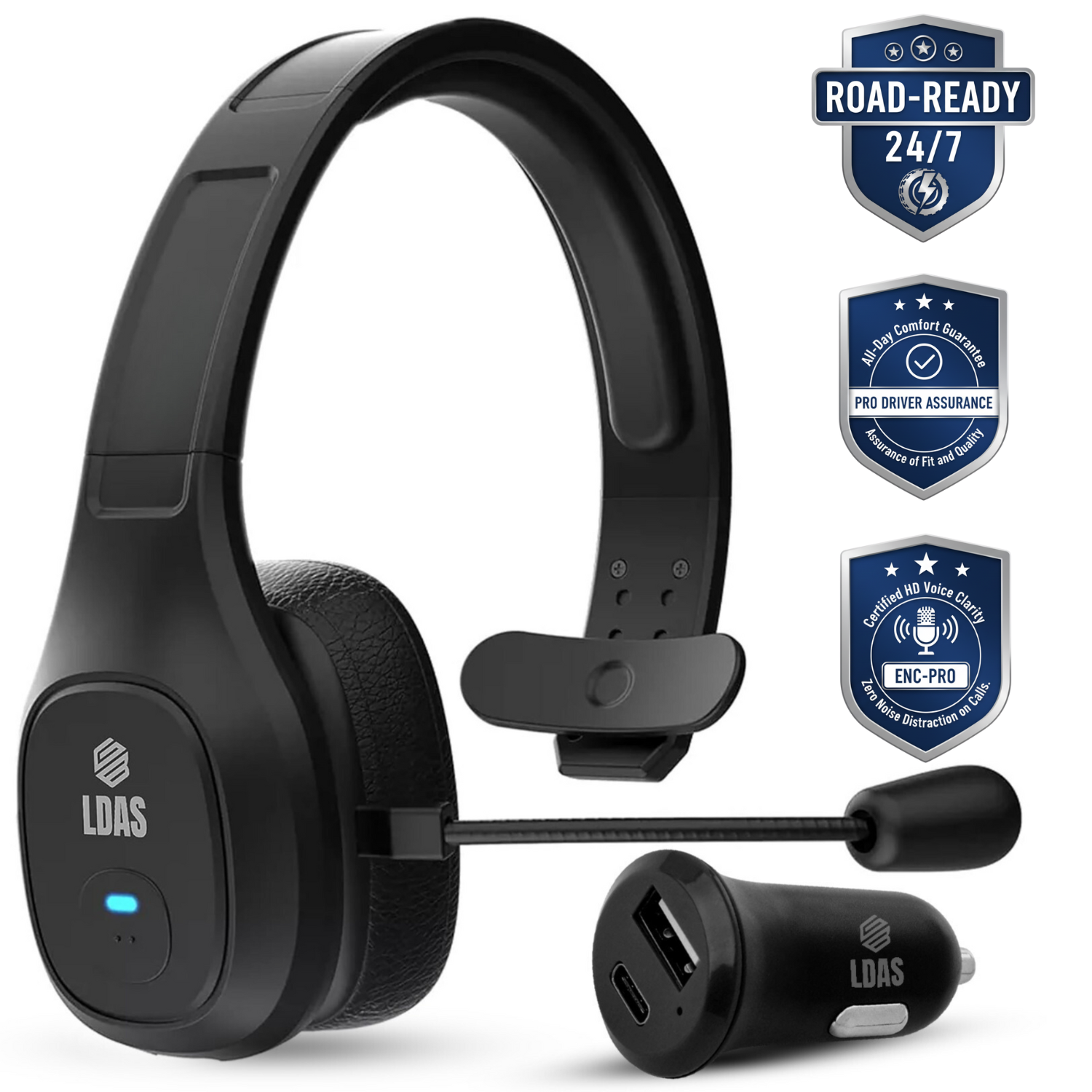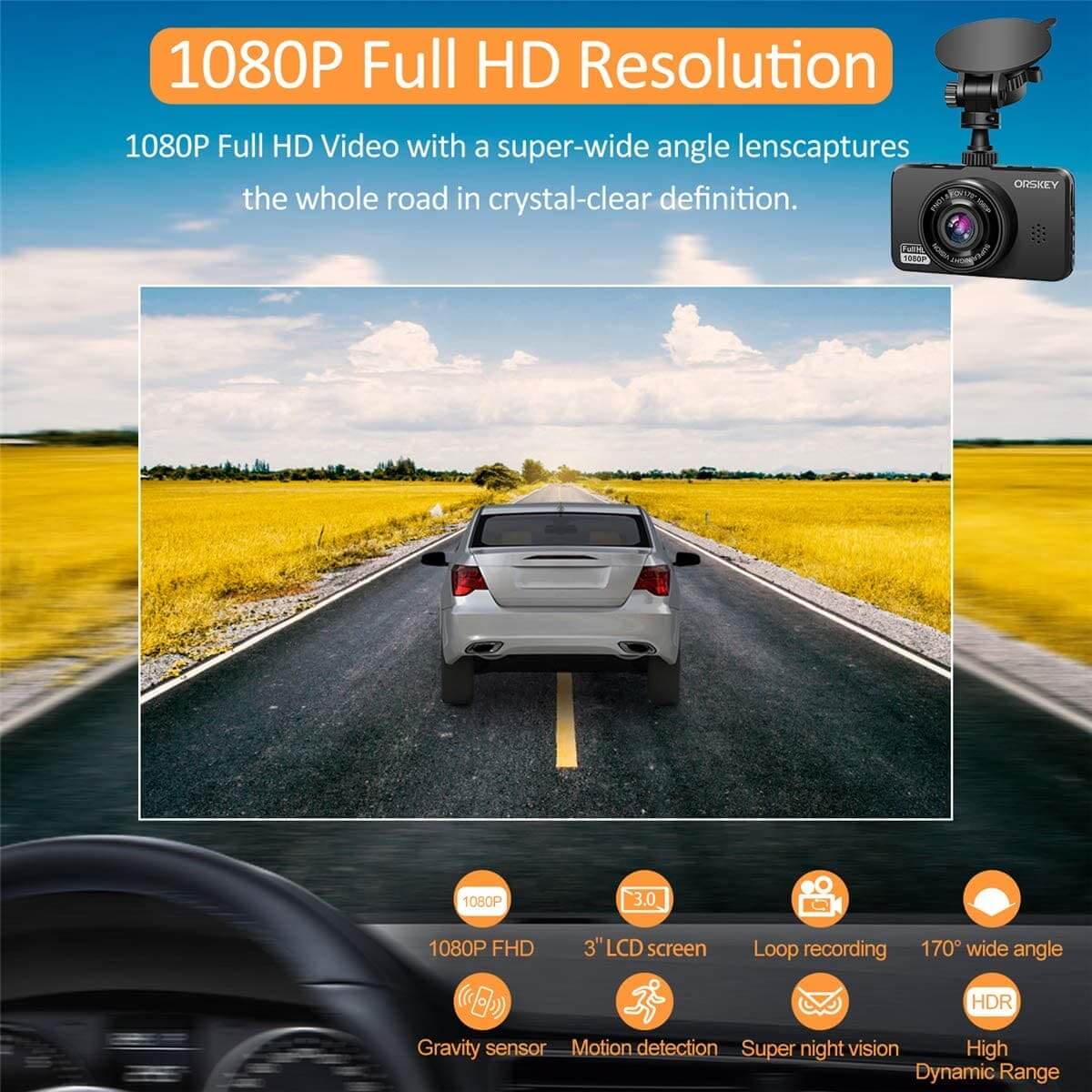Trucking is a vital part of trade between the United States and Canada, linking vast markets and paving the way for a seamless flow of goods. The corridors that span across the border accommodate a significant chunk of North American trade, making them some of the most important routes for long-haul drivers. These routes not only connect major economic hubs but also offer diverse challenges and opportunities for those in the trucking industry.

Understanding the intricacies of cross-border trucking is critical, as it involves navigating regulations, customs procedures, and infrastructure. For new and veteran drivers alike, appreciating these aspects can lead to more efficient and hassle-free transportation of goods. Visualizing the map of North America, one can identify several key routes that stand out for their heavy use and strategic importance, facilitating a thriving trade relationship.
Key Takeaways
- The US-Canada trucking routes are essential for trade and require a good understanding of cross-border regulations.
- Major trucking pathways connect significant trade hubs, subject to customs procedures and infrastructure.
- Trucking along these corridors presents both challenges and advancements, shaping the industry's landscape.
Overview of US-Canada Trucking Routes

The US-Canada trucking routes are vital for trade and are specifically designed for efficient cross-border freight movements. Their economic impact is substantial, as they support the flow of goods between two major trading partners.
Key Freight Corridors
The major freight corridors between the USA and Canada are multi-dimensional, integrating road, rail, and maritime transport. Frequent corridors for road transport include:
- I-5 Corridor: Stretches from California to Washington at the US side and connects to British Columbia in Canada.
- I-15 Corridor: Links California through Montana to Alberta.
- I-81 and I-87 Corridors: Connects the northeastern US to Ontario and Quebec.
Trucking routes often converge at major border crossings such as Detroit-Windsor, Buffalo-Niagara, and the Pacific Highway Crossing in Surrey, BC. Trucks utilize these routes based on their availability of truck stops, parking, and fuel prices.
Additionally, technology plays a role in streamlining these routes, where digital platforms facilitate the planning and finding of the most efficient paths and times for crossing the border.
Economic Significance
Trucking is a cornerstone for trade between the United States and Canada, with numerous industries depending on these transborder routes for timely delivery. Here are key economic highlights:
- Trade Volume: Billions of dollars worth of goods are shipped annually via truck.
- Employment: The industry supports thousands of jobs on both sides of the border.
- Integration: Efficient routes contribute to a highly integrated North American market.
Specific routes have been analyzed for their impact on trade, with studies noting the minimization of travel time and its positive effect on economic efficiency and competitiveness in the global market.
Regulations Governing Cross-Border Trucking
Trucking between the USA and Canada is governed by several regulations ensuring safe and legal transfer of goods. Compliance is essential for smooth operations across the border.
Customs and Border Protection
Every truck crossing the USA-Canada border must comply with the regulations set by Customs and Border Protection (CBP). Truck drivers need to present necessary documents like the cargo manifest and proof of identity. They are also required to declare their cargo, as not doing so can result in delays and fines. The CBP's guidelines detail the necessary documents and procedures for truckers.
Transportation of Hazardous Materials
Hazardous materials require special attention due to the potential risks they pose. Truckers must have proper endorsement, follow specific safety protocols, and use particular labels. Moreover, trucks must be marked with the appropriate hazardous materials placards and have the right shipping papers. Various classifications dictate the handling and stowage of these materials.
Hours of Service Rules
The hours of service regulations ensure drivers get ample rest to prevent fatigue on long hauls. Drivers must adhere to a maximum driving window, take mandated breaks, and keep detailed logs. Stringent records, either on paper or via electronic logging devices, help with the enforcement of these rules. Regulations impact the planning of routes and schedules, with the FMCSA overseeing compliance.
Major Trucking Routes
The corridor connecting the United States and Canada supports critical economic activities, with several major trucking routes ensuring efficient transport of goods. These routes serve as important links across the border, each with its distinct path and entry points.
Interstate 5 / BC Highway 99
Interstate 5 stretches from the Mexican border and runs all the way to the Canadian border, where it becomes BC Highway 99, connecting to Vancouver. This route is vital as it connects major west coast cities like San Diego, Los Angeles, and Seattle, facilitating trade between the United States and Canada's Pacific region.
Interstate 15 / Alberta Highway 4
The Interstate 15 corridor begins in Southern California and extends north, crossing into Canada and becoming Alberta Highway 4. This important route links the southwestern United States with the Canadian Prairies and serves as a key passage for goods between Montana and Alberta.
Interstate 75 / Ontario Highway 402
Linking the Great Lakes region of the United States with Central Canada, Interstate 75 moves goods directly into the heart of the continent. Once it reaches the border, it transitions into Ontario Highway 402, providing access to the bustling markets of Toronto and beyond.
Interstate 81 / Ontario Highway 137
Starting in Tennessee, Interstate 81 heads north toward the Canadian border, becoming Ontario Highway 137 upon crossing. This route serves as a crucial conduit for commerce, linking the mid-Atlantic region of the United States with Eastern Ontario.
Border Crossing and Customs Procedures
Truck drivers should prepare for specific procedures when crossing the border between the USA and Canada to ensure a smooth and efficient process.
Pre-Arrival Processing System
The Pre-Arrival Processing System (PAPS) is a key component for truckers entering the United States. PAPS allows for electronic submission of cargo information to U.S. Customs and Border Protection before arriving at the border. This data is linked to a barcode on the shipping documents, which is scanned upon arrival, speeding up the crossing time.
Customs Self-Assessment Program
Canada's Customs Self-Assessment (CSA) program benefits approved carriers, drivers, and importers. Those enrolled in CSA can bypass traditional clearance processes by using a CSA card and transporting low-risk commodities. It simplifies entry procedures, reduces wait times, and lowers costs for frequent cross-border shipping.
Automated Commercial Environment
In the United States, the Automated Commercial Environment (ACE) system is utilized by commercial carriers. It is the primary system through which data concerning imports and exports is submitted to CBP. ACE expedites trade processes by providing a single window for customs transaction submissions, helping carriers meet compliance regulations efficiently.
Infrastructure and Port of Entry Facilities
The robustness of the truck routes between the USA and Canada is supported by advancements in infrastructure and technology, alongside efficient port of entry operations.
Physical Infrastructure
Truck routes connecting the USA and Canada rely on a network of major highways, bridges, and tunnels. With the Border Infrastructure Investment Plan, enhancements have been significant. This includes the expansion of roads and improvements to existing conditions, ensuring that the large volume of commercial trucks can move goods reliably. Well-maintained roads and modernized facilities at points of entry are crucial for minimizing delays and maintaining smooth cross-border transportation.
Technology Integration
Incorporating modern technology into the infrastructure network greatly enhances the efficiency of border crossings. Use of Automated Commercial Environment (ACE), for example, allows truck drivers to submit required documents electronically which speeds up the processing time at the border. Furthermore, integration of technology such as RFID readers and license plate recognition cameras improve traffic management by pre-screening and directing vehicles, contributing to a steady flow through the ports of entry.
Port of Entry Operations
Operations at the ports of entry are critical in managing the exchange of goods between the USA and Canada. These operations involve systematic procedures executed by well-trained staff to address both the regulatory requirements and the high demand for efficient cargo transportation. With increased staffing levels and infrastructure adjustments, the port facilities are designed to enhance the speed and security of truck movements across the border.
Trucking Industry Challenges
The trucking industry faces significant hurdles, particularly with managing truck space, responding to environmental regulations, and maintaining a stable workforce.
Capacity Constraints
Trucking companies are wrestling with limited space for shipment loads, often because there are more goods to transport than the available trucks can handle. Notable issues include traffic bottlenecks at crucial points, which slow down delivery times and increase costs.
- Key Points:
- Increased Delivery Times: Prolonged time spent in congested areas.
- Rising Costs: More fuel consumption and additional operational expenses.
Environmental Concerns
Environmental regulations are growing stricter as government agencies aim to reduce the industry's carbon footprint. Trucking companies must invest in cleaner vehicles and adopt sustainable practices, but these changes require significant financial outlay and operational adjustments.
- Key Points:
- Investment in Clean Technology: Costs associated with upgrading fleets.
- Operational Adjustments: Need to adapt to new environmental policies.
Driver Shortage and Retention
The trucking sector is grappling with a persistent driver shortage, exacerbated by an aging workforce and difficulty attracting new drivers. Retaining experienced drivers is equally challenging, demanding strategies to improve working conditions and incentives.
- Key Points:
- Aging Workforce: A large portion of drivers are nearing retirement age.
- Attracting New Drivers: Difficulty in drawing younger drivers to the profession.
Technological Advances in Trucking
Advancements in trucking technology are paving the way for more efficient and sustainable transport. They are transforming how fleet operations are managed, leading to significant progress in automation and vehicle electrification.
Telematics and Fleet Management
Trucking companies are now using telematics to make better decisions. Telematics systems gather data like location, fuel usage, and vehicle health, then send it to fleet managers. - GPS tracking keeps trucks on the most efficient routes.
- Alerts for maintenance help prevent breakdowns.
- Electronic Logging Devices (ELDs) ensure drivers stay within legal hours.
Autonomous Trucks
The development of autonomous trucks is a major leap forward. These vehicles use AI, sensors, and advanced mapping to drive with less human input. Trials are underway, and soon trucks may drive themselves on long hauls, reducing accidents and improving efficiency. Learn more about the implications at Top 5 Tech Trends Transforming Freight Trucking Companies in 2025.
Electric Vehicles
Lastly, the emergence of electric vehicles (EVs) in trucking signals a greener future. They produce zero emissions and are quieter, which is perfect for urban deliveries. Challenges like limited range and long charging times are being overcome with new battery technologies and infrastructure.
Conclusion

Trucking between the United States and Canada is an essential component of the North American economy. Routes such as the Trans-Canada Highway serve as vital corridors, enabling goods to move efficiently across long distances. Major cities like Vancouver, Calgary, Toronto, and Montreal are significant hubs within these networks.
Key crossings along the border facilitate this movement, with truck drivers choosing paths based on factors including travel time and border crossing ease. The border crossing behavior of trucks reflects the importance of logistical efficiency in the industry. It is clear that road transportation remains a dominant force in the exchange of goods between these two nations.
Drivers seeking long-haul routes can find some of the best trucking routes in America, with guides available to assist in navigation and planning. It’s evident from logistical tips shared by industry professionals that preparation is crucial for a smooth journey.
The continuous flow of truck freight across the Canada-U.S. border showcases the integrated nature of the two countries' infrastructures and economies. The significance of these routes and the cooperation between border agencies underline the strength of the trading relationship.
Frequently Asked Questions

These questions address common concerns for those operating commercial vehicles on cross-border routes between the United States and Canada.
What are the major trucking corridors connecting the USA to Canada?
The most important trucking routes include the Trans-Canada Highway and corridors connecting key cities like Vancouver, Calgary, Toronto, and Montreal to their American counterparts. Routes such as I-5, I-15, I-75, and I-95 also serve as vital links for cross-border trade. To learn more about these routes, explore the guide on Cross-Canada Routes.
How do truckers navigate border crossings between the USA and Canada?
Truckers must comply with customs regulations and carry the necessary documentation. It's essential for them to be aware of immigration requirements and procedures to ensure a smooth crossing. The Department of Homeland Security provides guidelines for these processes.
What are the weight limits for trucks on cross-border routes?
The weight limits for trucks can vary by province in Canada and by state in the USA. Generally, commercial vehicles adhere to the federal commercial vehicle weight standards unless states or provinces have specific regulations that truckers must follow.
Can you suggest the best times to travel on the USA-Canada truck routes to avoid congestion?
To avoid heavy traffic at border crossings, it is advisable for truckers to plan their trips during off-peak hours, typically early morning or late evening. Specific times can depend on the port of entry and current traffic conditions.
What is required in terms of documentation for trucks entering Canada from the USA?
Trucks entering Canada must have all necessary customs documentation, which includes cargo and vehicle documentation, along with identification for the driver. Detailed information on these requirements is available in the Border Crossing Guide for commercial truck drivers.
Are there dedicated lanes for commercial trucks at USA-Canada border checkpoints?
Many major border crossings have dedicated lanes for commercial vehicles to expedite the crossing process. These lanes help reduce wait times for truckers and streamline the flow of goods. For specific locations of dedicated lanes, carriers can refer to resources like the Zipments blog, which answers common cross-border questions.











